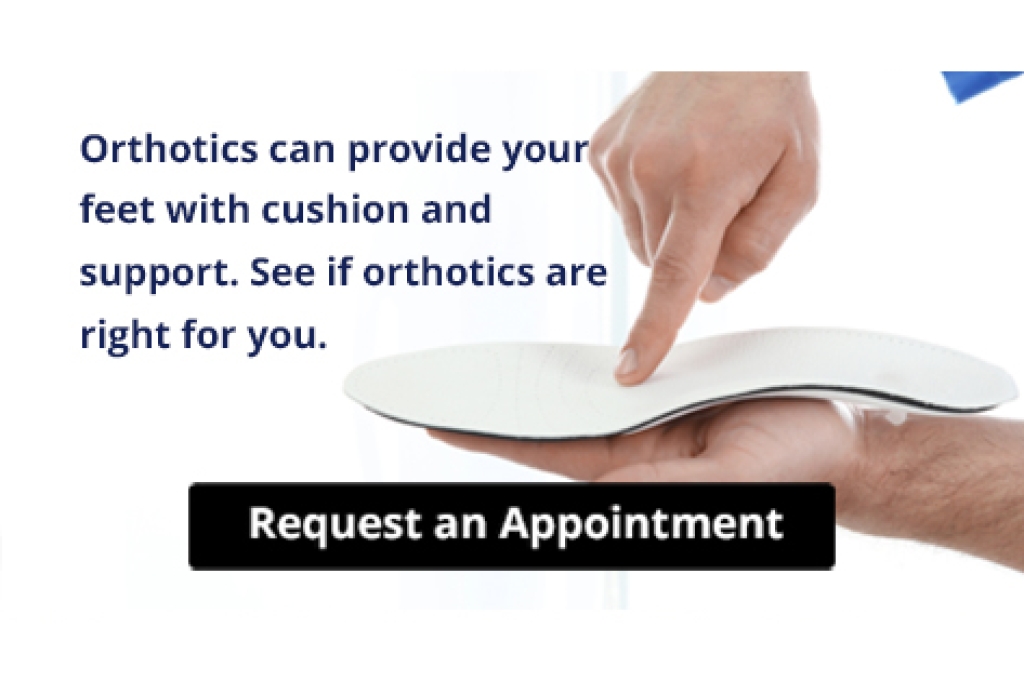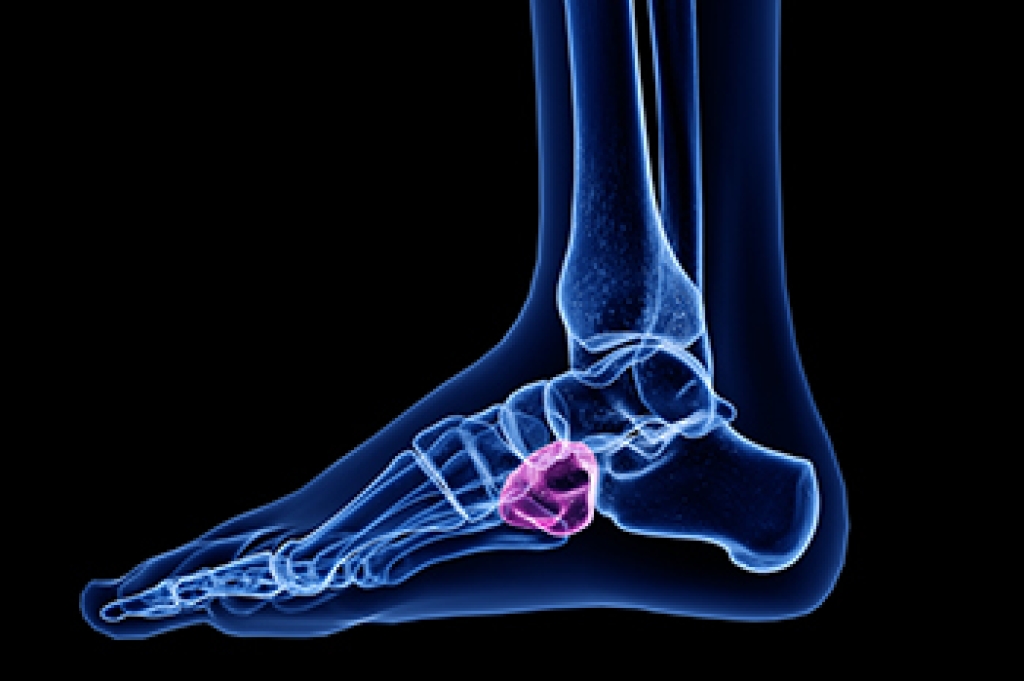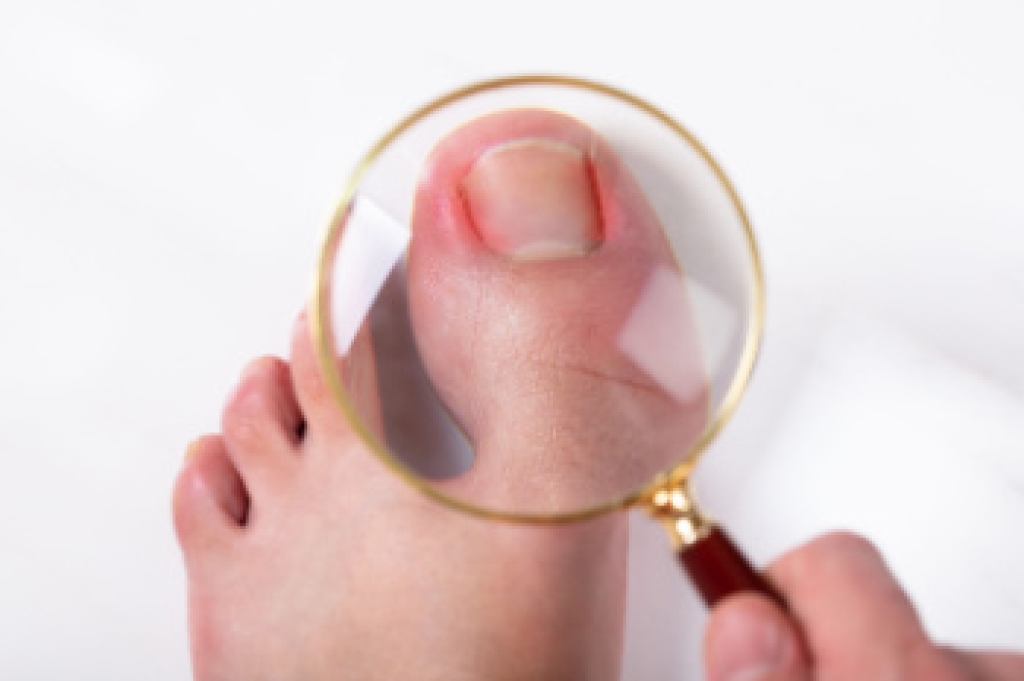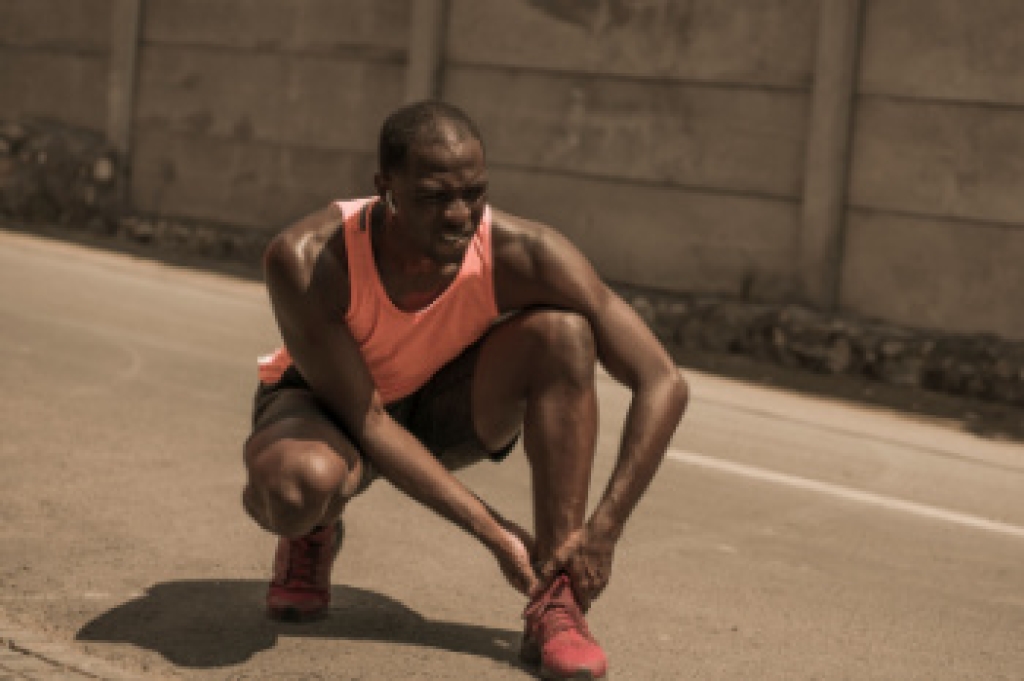
Athlete’s foot is a fungal infection that affects the skin of the feet, especially between the toes and along the soles. It is caused by fungi that thrive in warm, moist environments, including locker rooms, sweaty shoes, and public shower areas. The skin may look red, scaly, or cracked, and in some cases may appear white and soggy between the toes. It often feels itchy, with discomfort that can worsen after activity. Some people also experience dryness or painful fissures. A podiatrist can help from the start by accurately diagnosing the condition and confirming that symptoms are not related to other skin disorders. Treatment may begin with prescriptions or medical grade antifungal therapies, skin care guidance, and hygiene education. Care can then move into preventive strategies, footwear recommendations, and ongoing management to reduce recurrence and protect skin health. If you are dealing with persistent athlete’s foot, it is suggested that you make an appointment with a podiatrist.
Athlete’s foot is an inconvenient condition that can be easily reduced with the proper treatment. If you have any concerns about your feet and ankles, contact one of our doctors from Advanced Foot & Ankle Medical Center. Our doctors will treat your foot and ankle needs.
Athlete’s Foot: The Sole Story
Athlete's foot, also known as tinea pedis, can be an extremely contagious foot infection. It is commonly contracted in public changing areas and bathrooms, dormitory style living quarters, around locker rooms and public swimming pools, or anywhere your feet often come into contact with other people.
Solutions to Combat Athlete’s Foot
- Hydrate your feet by using lotion
- Exfoliate
- Buff off nails
- Use of anti-fungal products
- Examine your feet and visit your doctor if any suspicious blisters or cuts develop
Athlete’s foot can cause many irritating symptoms such as dry and flaking skin, itching, and redness. Some more severe symptoms can include bleeding and cracked skin, intense itching and burning, and even pain when walking. In the worst cases, Athlete’s foot can cause blistering as well. Speak to your podiatrist for a better understanding of the different causes of Athlete’s foot, as well as help in determining which treatment options are best for you.
If you have any questions please feel free to contact our offices located in Agoura Hills, Simi Valley, Thousand Oaks Marin St., and Thousand Oaks Haaland Drive, CA . We offer the newest diagnostic and treatment technologies for all your foot and ankle needs.




